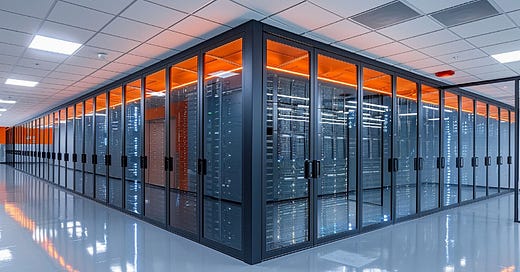Expert: Montana Is a Great Place for Data Centers
"Montana would be ideal for these facilities due to the state’s weather, power potential, location and available land"
President Donald Trump announced last week that America will invest $500 billion to build the infrastructure needed for artificial intelligence.
Under the Stargate project, 10 data centers will be bui…





